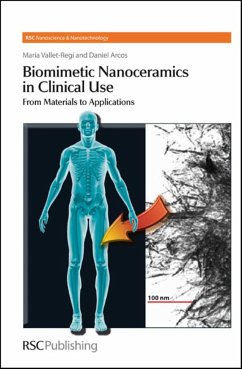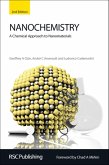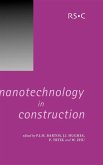Recent developments in nanostructured materials have led to a shift in focus away from the replacement of tissues and towards regeneration. Nanoceramics with biomimetic properties have great potential in bone regeneration and new synthesis strategies have been developed to obtain materials with improved biocompatibility and multifunctional performance. The aim is to develop fully biocompatible implants, which exhibit biological responses at the nanometric scale in the same way that biogenic materials do. Current man-made implants are not fully biocompatible and always result in a foreign body reaction involving inflammatory response and fibrous encapsulation. Great efforts have, therefore, been made to develop synthetic strategies that tailor implant surfaces at the nanometric scale. The intention is to optimize the interaction at the tissue/implant interface thus improving quality of life for patients with enhanced results and shorter rehabilitation periods. This book deals with 'new bioceramics' for 'new applications'. Current and future applications are considered in terms of chemical composition, structure and properties. It explains the processes that (from the point of view of solid state and sol-gel chemistry) lead to better bone implants and other medical devices. The book is structured to make it useful for students of biomaterials, but also as a reference for specialists interested in specific topics. Didactic figures and schemes make it easy for under-graduates to understand and the extended bibliography is indispensable for researchers. The introductions to each chapter deal with some common fundamental concepts thus allowing the comprehension of each one independently. The first three chapters describe: biological hard tissues in vertebrates (from the point of view of mineralization processes); synthesis methodologies used to prepare nano-apatites and biomimetic processes used to prepare apatites similar to biological ones. The fourth and final chapter provides an overview of current and potential clinical applications in hard tissue repair, therapy and diagnosis.








